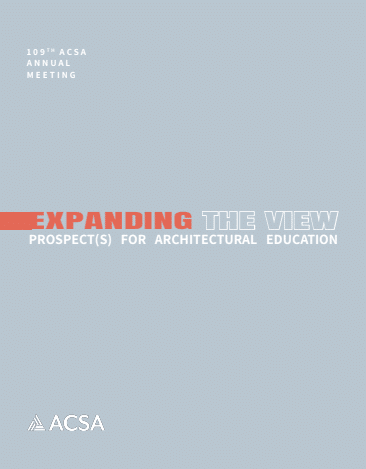Author(s): Phillip G. Mead
This paper focuses on the problematic relationship between architectural pleasure and well-being or happiness. It attempts to update the ancient philosophical debate on the conflict between the pleasures promoted by hedonism, and the pleasures and virtues of well-being promoted by eudemonia in terms of architectural design through the lens of today’s positive psychology movement. This emerg¬ing field has identified, to a limited extent, when pleasure and well-being can conflict resulting in addiction, while at other times pleasure serves as a pump to the higher echelons of well-being, or what Aristotle calls eudaimonia. This paper attempts to identify the same for architecture. Since Vitruvius, architects have written on our preferences which appear to bring pleasure – some with empirical evidence. By taking stock of architectural writings and program elements that aim to deliver pleasure, this paper asks which of these resonate with philosophical and positive psychology findings on higher pleasures. Particularly relevant are the findings of psychologist Barbra Fredrickson’s broaden and build theory of positive emotions which sheds light on how design delight may lead to positive psychology’s promotion of higher forms of well-being such as: engagement, relationships or sense of community, meaning and achievement. The programming and design of Helsinki’s new central library by ALA Architects illustrates virtuous pleasures that serve a higher purpose in a country and city that ranks first in Gallup’s 2019 and 2020 World Happiness Reports.
https://doi.org/10.35483/ACSA.AM.109.46
Volume Editors
ISBN
978-1-944214-37-1

 Study Architecture
Study Architecture  ProPEL
ProPEL 
